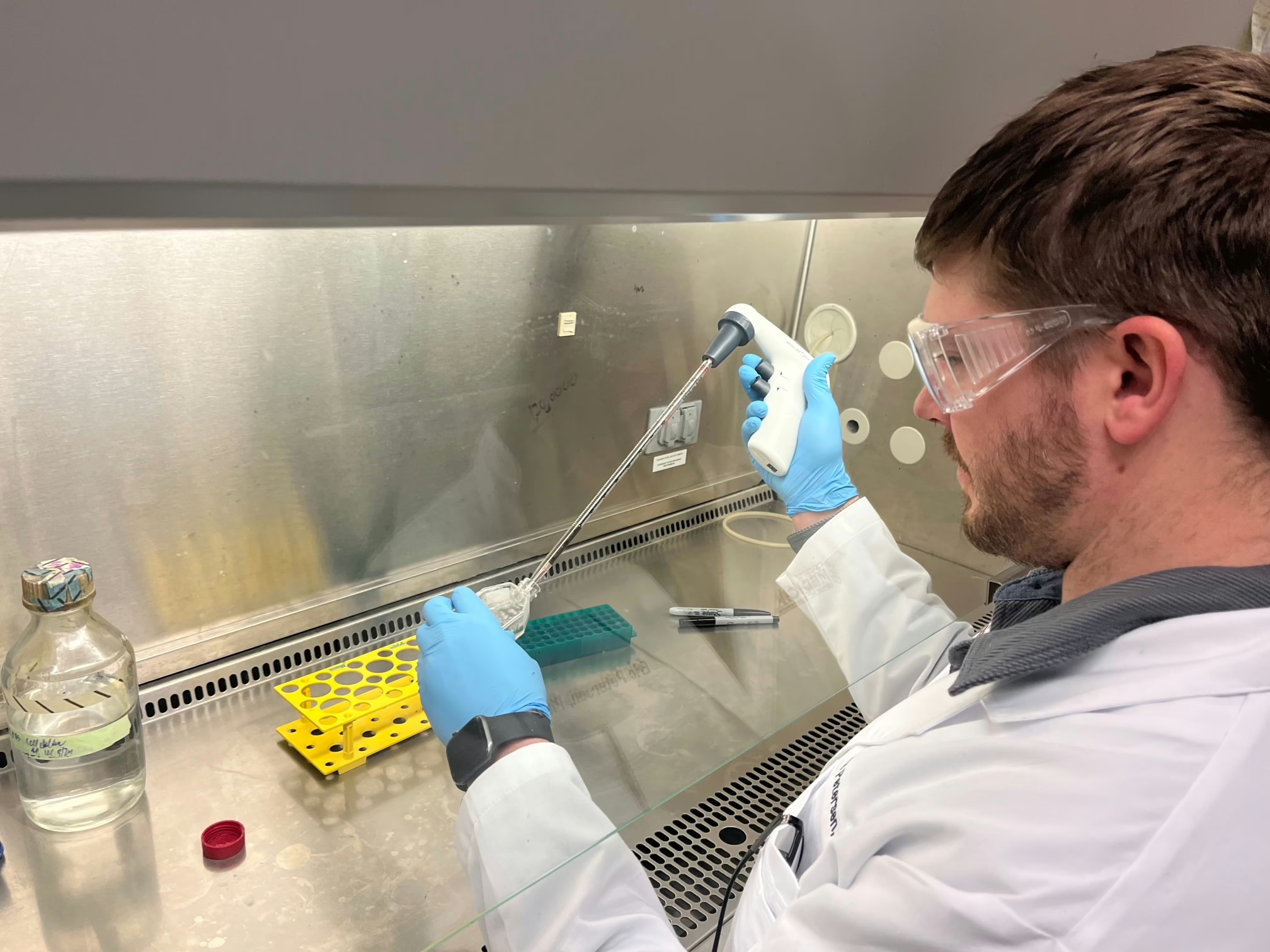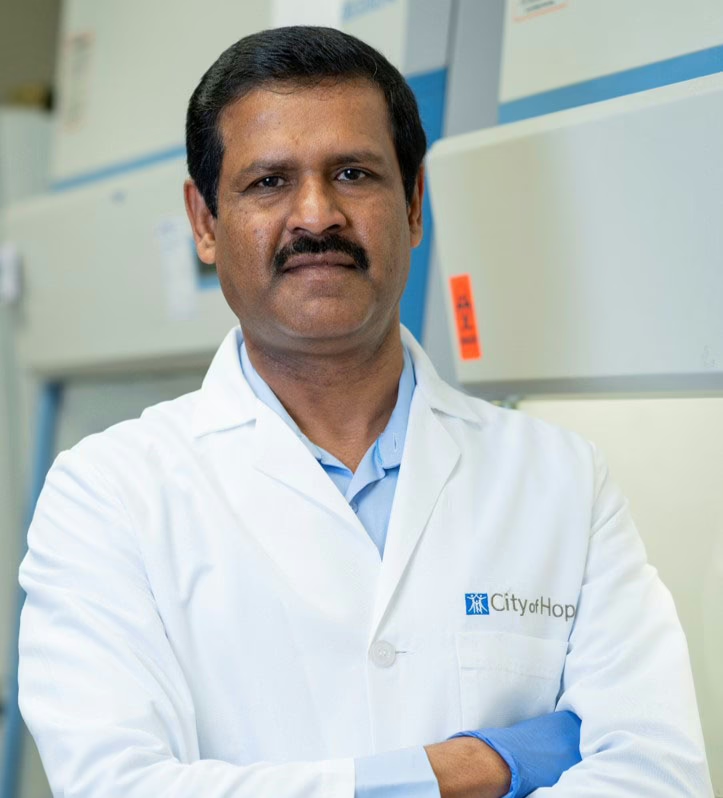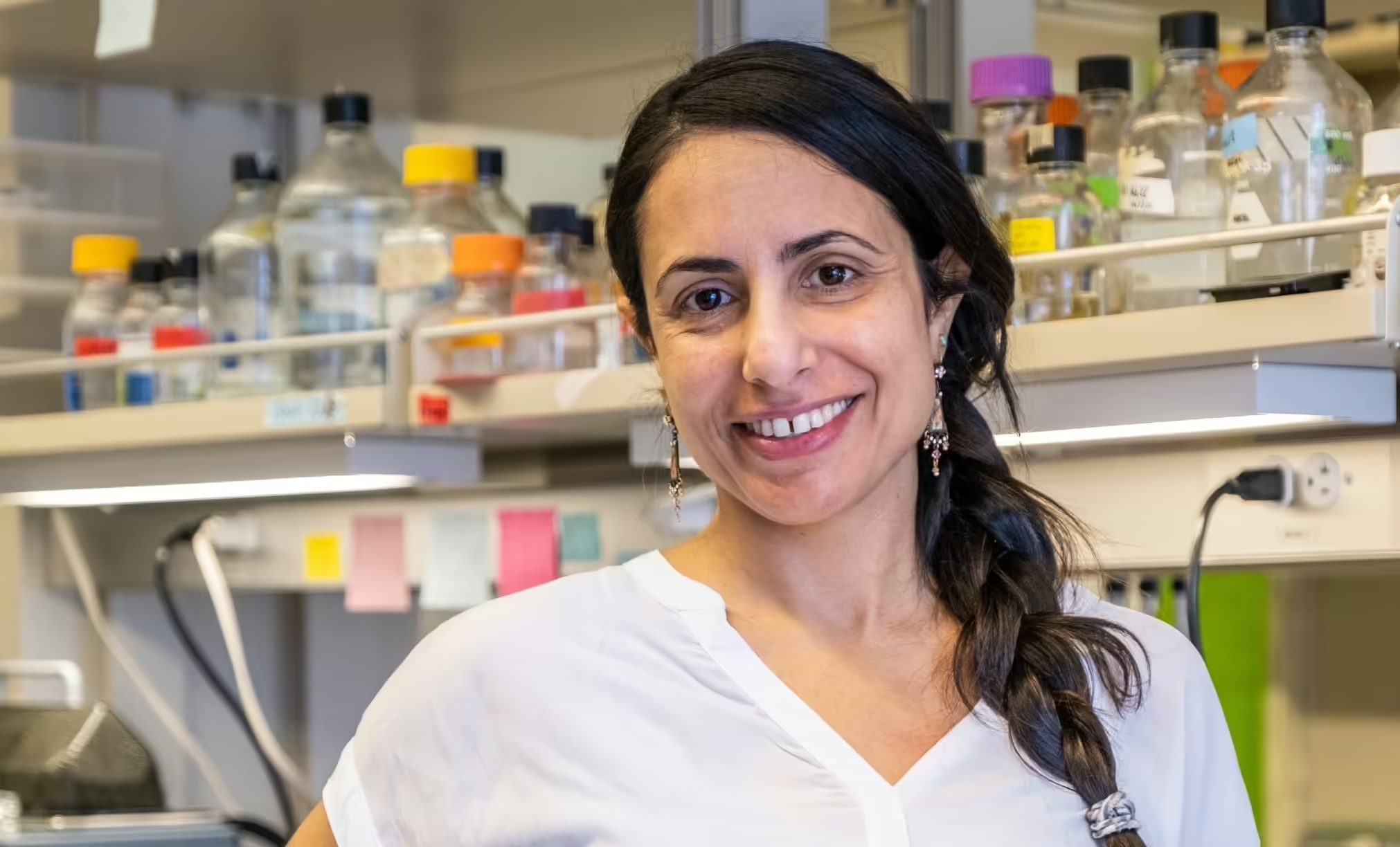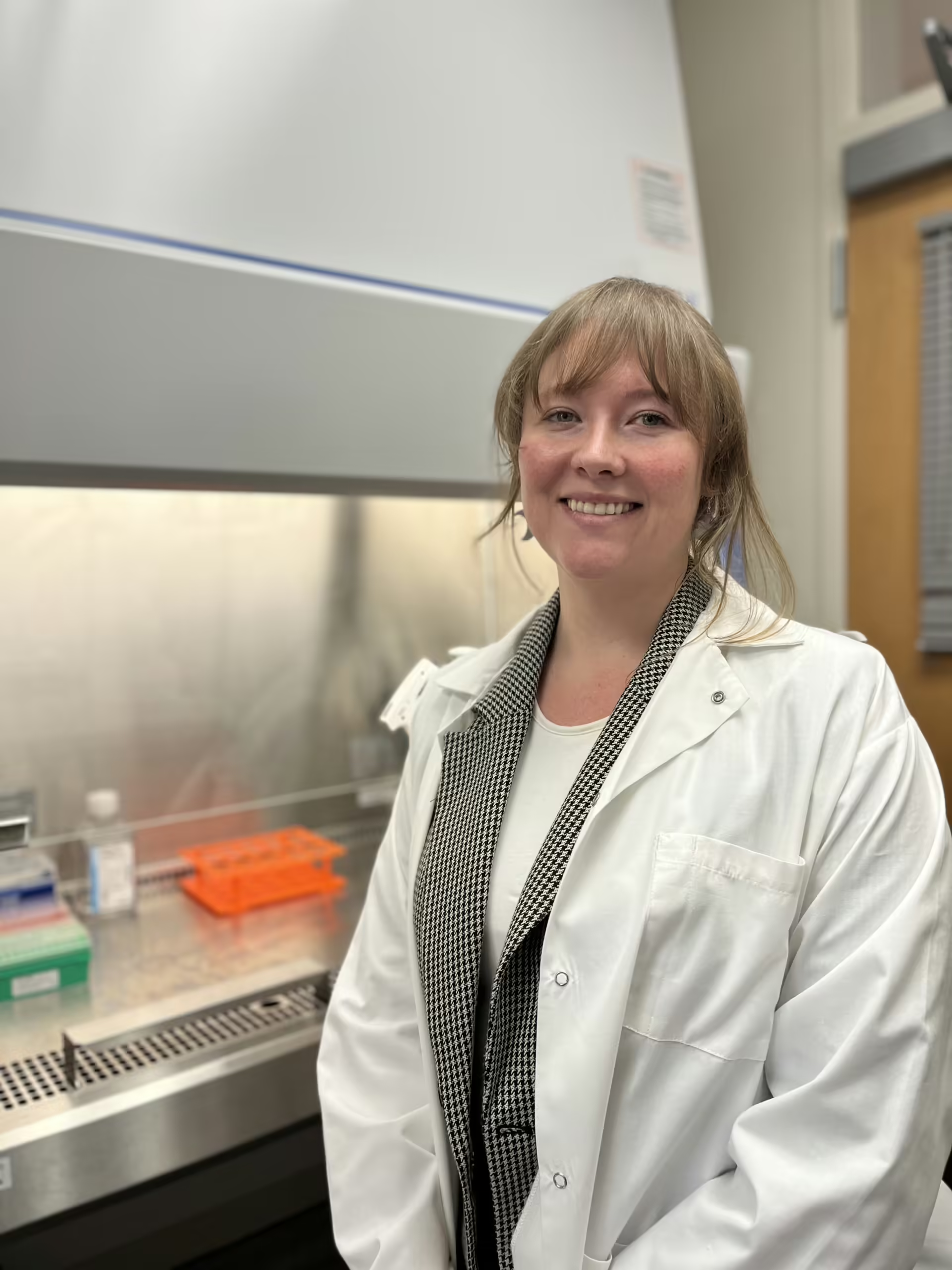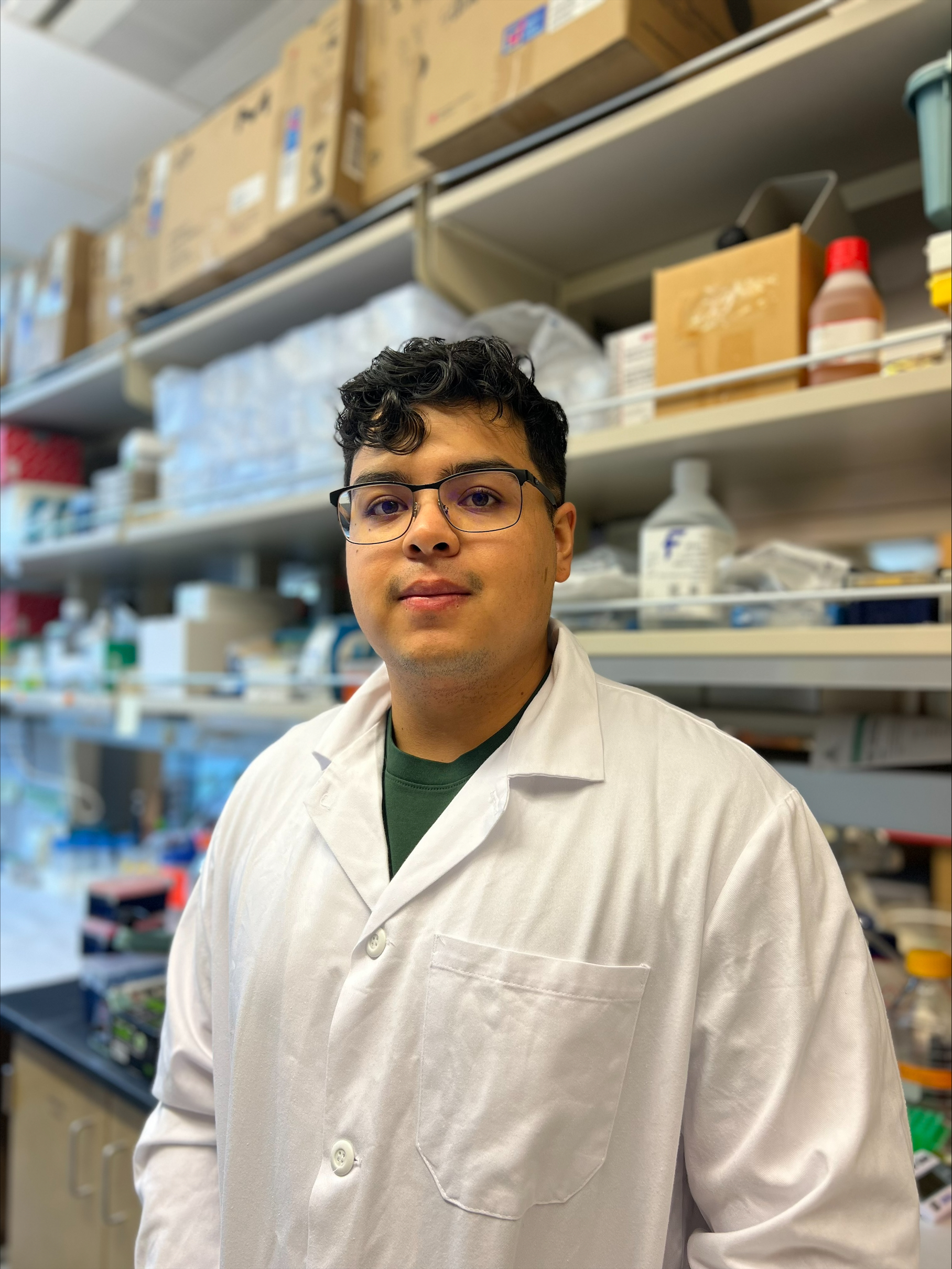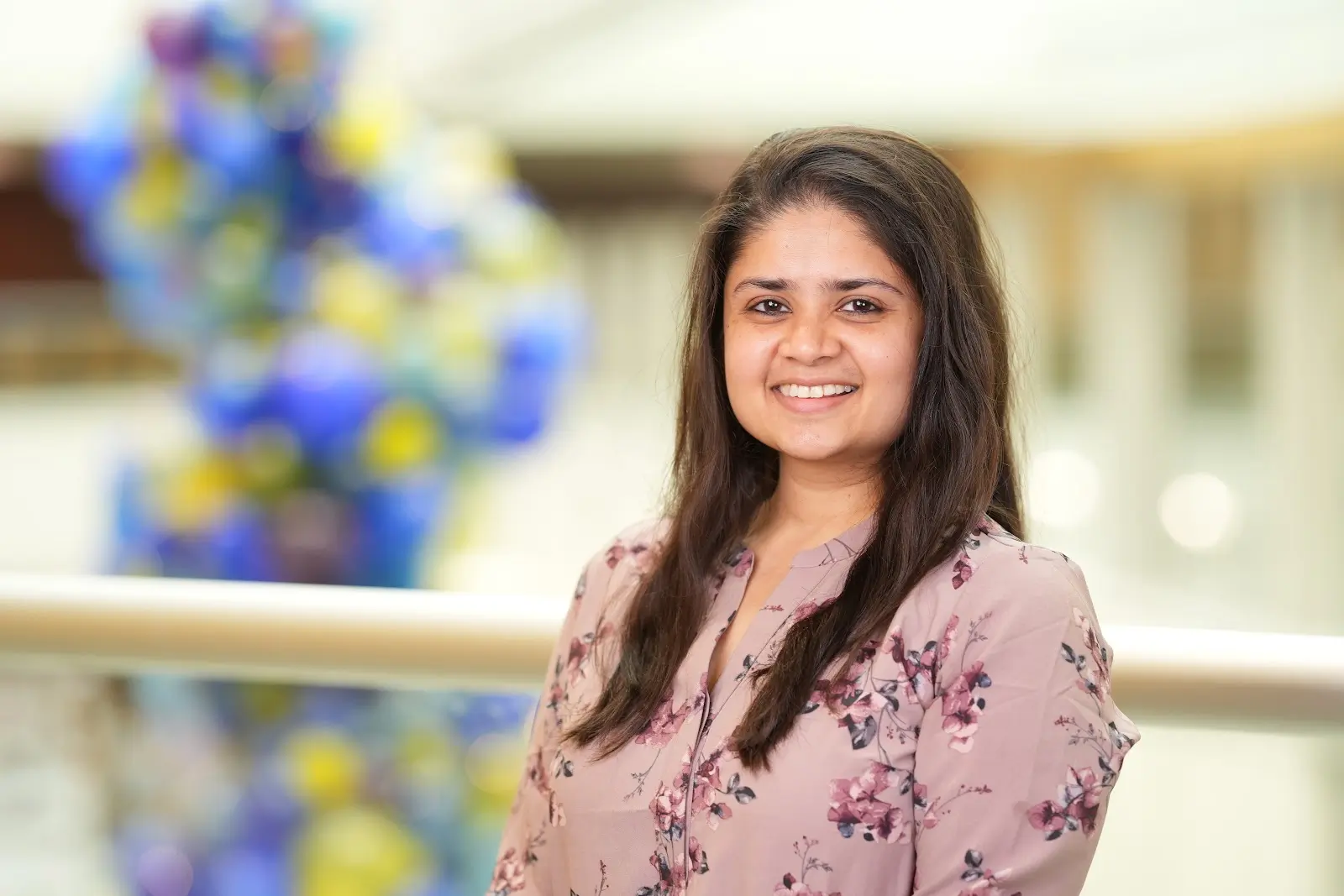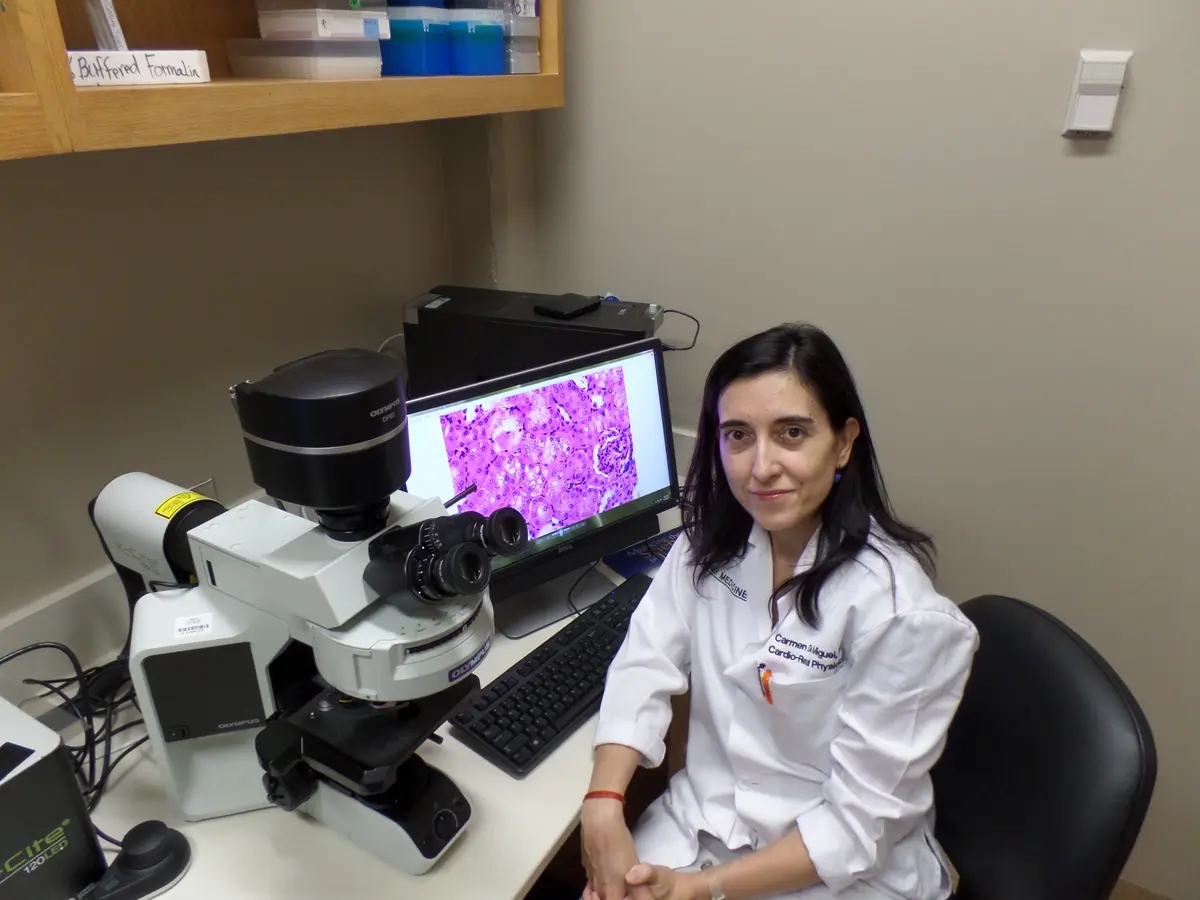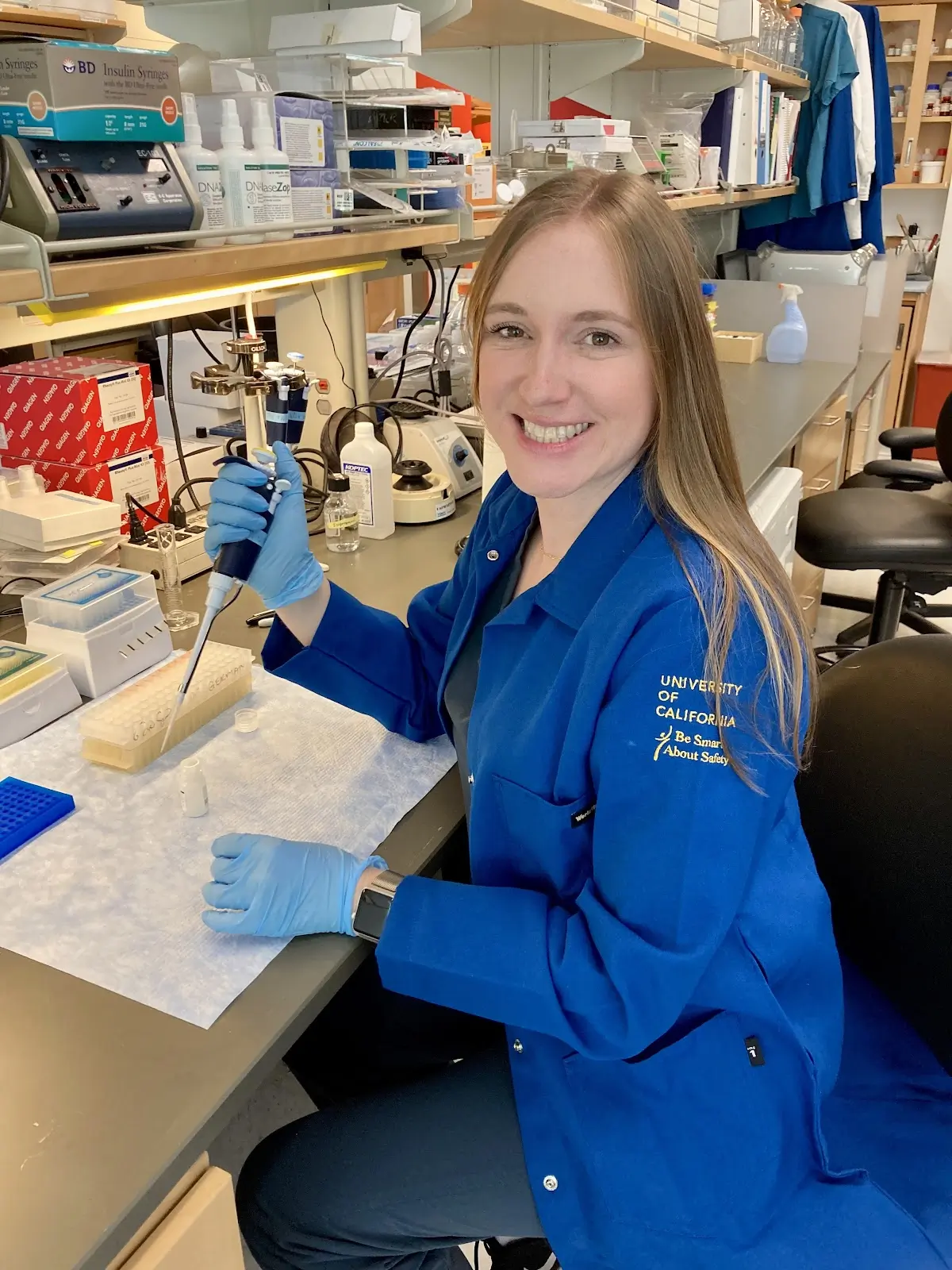Researchers submit a one-page Letter of Intent that is reviewed by our Scientific Review Committee (SRC)
If the scientific concept is approved, then the applicant is asked to submit a detailed three-page Grant Application.
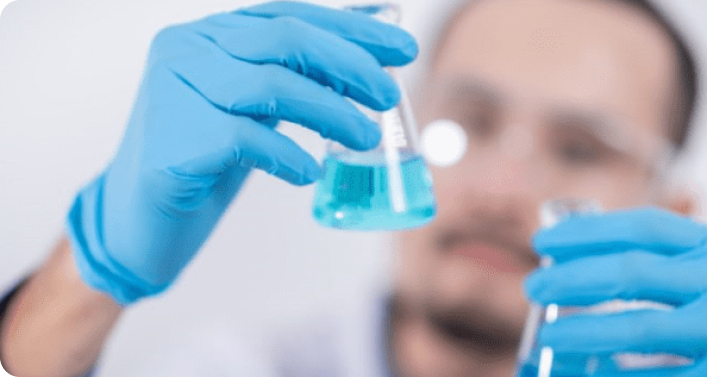
Scientific Review Committee (SRC)
The Grant Application undergoes thorough scrutiny by a Specialty Advisory Panel, composed of several members of the SRC with expertise in the applicant’s area of interest. If the project meets our criteria for innovation, feasibility, and potential impact, it is approved. The entire scientific review process can take as few as 12 weeks.
For more information visit FAQs for Reviewers.
Immediate Funding is Available
Donor-Driven, Peer-Reviewed, Innovative Diabetes Research
Up to $75,000 is available for each research project we support.
Up to $75,000 is available for each research project we support, highlighting the urgent need for continued investigation into Type 1 Diabetes. This funding is vital for uncovering new treatments and ultimately a cure, offering hope to millions affected by this condition. Through dedicated research, we aim to improve lives and change the future of Type 1 Diabetes care.
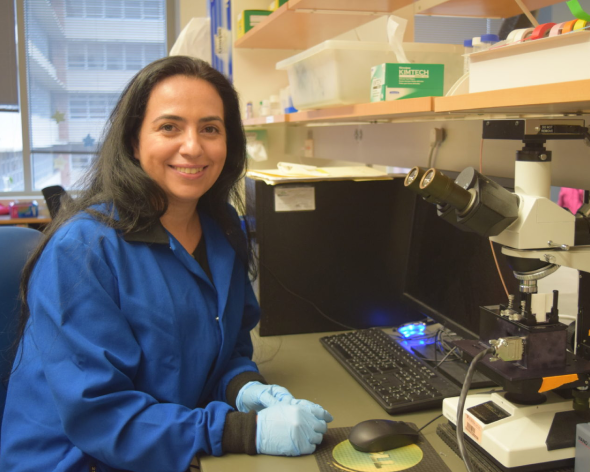
DRC has distributed approximately $3M to research
#InnovativeDiabetesResearch
We grant up to $75,000 to support each research project
#InnovativeDiabetesResearch

